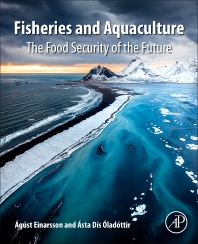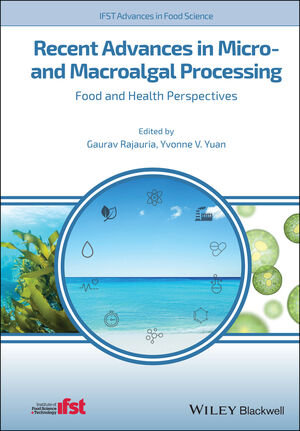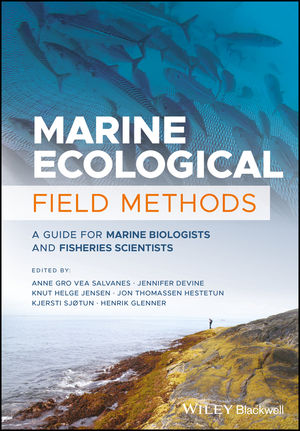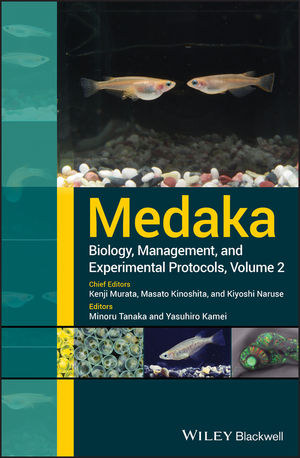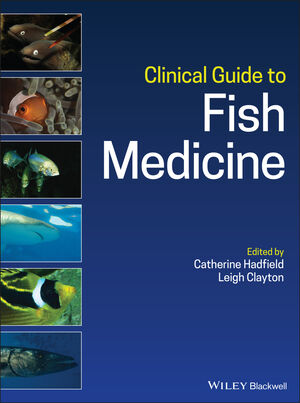
Features
Opinion
Generation Aqua: My mission as a young leader in aquaculture
April 11, 2025 By Imani Black

Hi! My name is Imani Black, and if we haven’t met yet, here’s the quick intro: I’ve spent over a decade working in Maryland and Virginia’s oyster aquaculture industry, and I’m the founder and CEO of Minorities In Aquaculture (MIA), a 501(c)(3) nonprofit.
My mission? To be a next-generation leader in aquaculture – shaking things up, fostering inclusion, sparking innovation, and championing sustainability.
My journey began in 2016, working and managing hatcheries and farms in the Chesapeake Bay’s oyster aquaculture industry. Coming from a coastal community and a family legacy of Black watermen, it was natural to fall in love with aquaculture.
But by 2020, I couldn’t ignore the glaring lack of diversity in the industry or our workforce’s misalignment with growing seafood demand and goals for a U.S. based industry.
This realization led me to create MIA, a movement empowering women, women of color, and gender minorities through mentorship, education, and access. Representation and equity aren’t just ideals – they’re essential to aquaculture’s future. Over the past four years, it’s been the mission of MIA to build bridges to a thriving, inclusive industry and career pipeline that’s rooted in the diversity of the communities it serves, while cultivating our future innovations, changemakers, and thought leaders.
Bringing seafood back home
Seafood isn’t just what’s for dinner – it’s a story, a legacy, and the heartbeat of coastal communities everywhere. It’s the flavor of heritage, the connection to generations before us, and the undeniable mark of the hardworking hands that harvest it.
And yet, seafood doesn’t always get the spotlight it deserves. There’s been a general disconnect from our watery roots, leaving too much of the public missing the full picture of what aquaculture and seafood really mean.
Somewhere along the way, younger generations have drifted away from the water – not just literally, but emotionally and culturally. So the question is: how do we reignite that connection, rekindle the awe and appreciation for seafood’s rich heritage, and remind ourselves why it’s so much more than just food on a plate?
It’s my goal with this column to explore the gaps between tradition, innovation, workforce, and inclusion that weaves the complex web of the aquaculture industry. My mission is and always will be: to bring seafood back home – back to our tables, our communities, and our collective consciousness. Reconnecting with seafood means reconnecting with ourselves, our environment, and our shared history, and at times, it seems we lose sight of that.
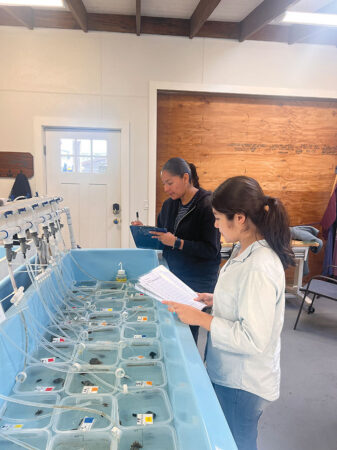
The industry can spark the younger generation’s curiosity by showing that aquaculture not just a career path but a purpose-driven, worthy cause. (Photo: Minorities In Aquaculture)
Engaging the Millennials and Gen-Zers
Millennials and Gen-Zers are the sustainability-savvy, innovation-driven, socially conscious trailblazers we need in aquaculture. But let’s be real – their engagement won’t mirror that of past generations. Why? Because our planet, our needs, and society have evolved.
The key to capturing their interest is through education, exposure, and inspiration. We have to introduce them to aquaculture’s multifaceted world – from hatcheries to high-tech underwater robotics. Spark their curiosity with creative social media campaigns, immersive workshops, and partnerships that make aquaculture not just a career path but a purpose-driven worthy cause.
Here’s the bottom line: embracing science communication and modern approaches through social media platforms isn’t optional, it is essential. Between misconceptions fueled by flashy media narratives that don’t represent or showcase all the incredible innovations we have throughout all sectors of aquaculture, it’s time to embrace fresh ideas, equip young professionals with the tools to thrive, and show them that aquaculture is where innovation meets impact.
No matter how much you don’t like or don’t want to acknowledge it, the influence and potential of social media platforms, like Instagram or Tiktok, have made an impact on the public’s perceptions, knowledge, and involvement of aquaculture and seafood.
The importance of workforce development
Aquaculture is the rising star in tackling food security and sustainability, but let’s face it – the workforce isn’t keeping up with the growth.
In 2023, the average worker in the U.S. animal production and aquaculture industry was 47 years old (U.S. Bureau of Labor Statistics 2024), and with an aging workforce and lagging recruitment traction, there’s an urgent need to attract younger multidisciplinary talent to sustain the industry’s future. We can’t deny that the pipeline for new talent right now is thinning fast, and in addition to the barriers to entry and engagement, coastal gentrification, and the erosion of working waterfronts, we’ve got a serious challenge on our hands.
To meet skyrocketing seafood demand, we need a skilled, adaptable workforce. That means investing in education, training, and clear career pathways in strategic, and deliberate approaches that cover all sectors of our industry.
Inclusivity? It’s non-negotiable. We need everyone – every voice, every skill set – at the table regardless of background, demographic, or whatever we want to claim is “outside the norm” of who works in this industry. Workforce development isn’t just about filling jobs, and MIA’s mission hasn’t only been about shouting DEI from the rooftop. Ultimately, it’s about cultivating leaders who will shape aquaculture’s future that encourages people to join this workforce. Equity, sustainability, and innovation must anchor this effort to secure a thriving industry for generations to come.
The path forward
The U.S. seafood industry stands on the brink of transformation, with efforts finally underway to build a vibrant, homegrown sector that cultivates, harvests, and processes right here on North American shores. But creating a sustainable, inclusive aquaculture workforce takes more than good intentions. It requires bold collaboration, innovative thinking, and an unrelenting commitment to breaking barriers.
Diversity, equity, and inclusion can no longer be buzzwords sprinkled into grant proposals or short-lived initiatives – they must become the foundation of a thriving, future-proof industry.
With all due respect, it’s time for academia, government, and the commercial sectors to stop working in silos and start rowing in the same direction. We all share the same goal; now it’s time to actually align our efforts to continue to make meaningful progress.
Through this column, we’ll dive deep into the tough questions, spotlight innovative solutions, and challenge the status quo. If we want a stronger industry, we need stronger collaboration – and that starts here. My goal is to tackle challenges head-on, celebrate meaningful progress, and uncover bold ideas to build a dynamic, inclusive workforce while positioning aquaculture as a cornerstone of sustainability and global food systems.
The future of aquaculture is calling, and this column is where we can start answering it. Have ideas, questions, or topics you’d like me to explore? Let’s shape the conversation together. Stay tuned – there’s so much to uncover! | ANA
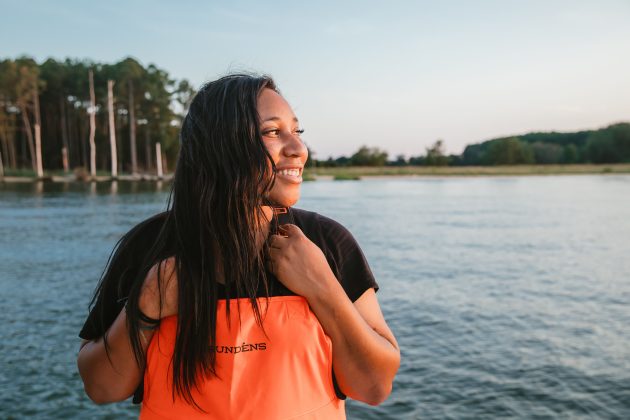
Imani Black in her orange oilskins. (Photo: Caroline J. Phillips)
Imani Black is an aquaculture professional, aquaculture advocate, and industry trailblazer with a decade of experience in oyster farming and hatchery management across Maryland and Virginia.
As the founder of Minorities In Aquaculture and a graduate with a master’s degree in Ecological Anthropology from the University of Maryland Center for Environmental Science, she is dedicated to fostering workforce inclusivity and equity through mentorship, education, and advocacy. (imanib@mianpo.org / www.mianpo.org / @imaniiiblackkk)
